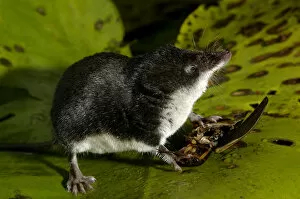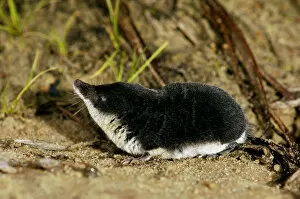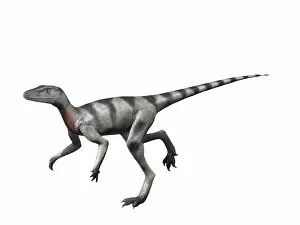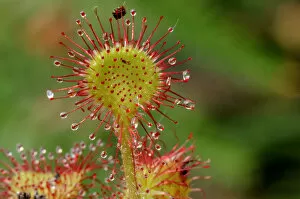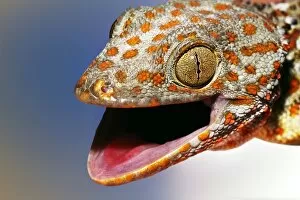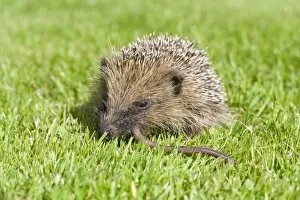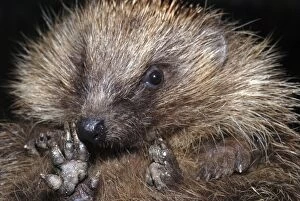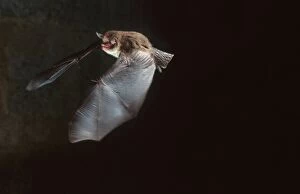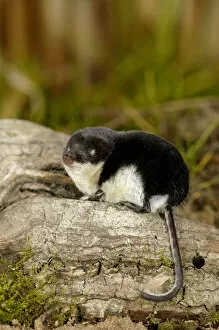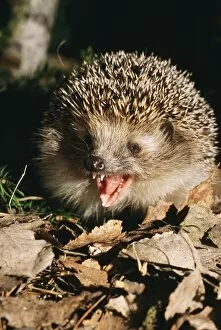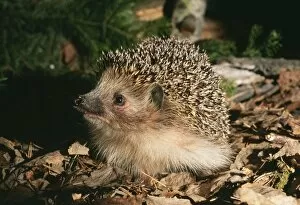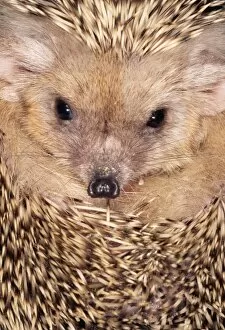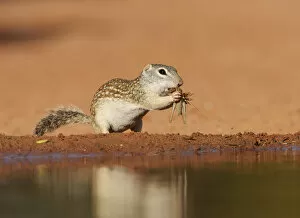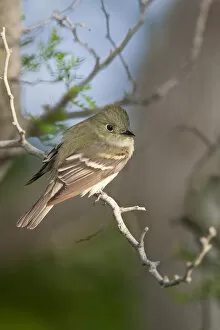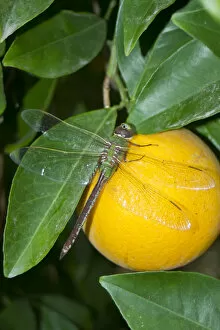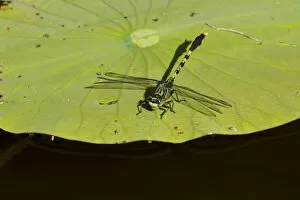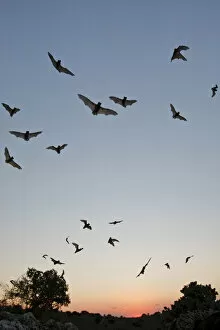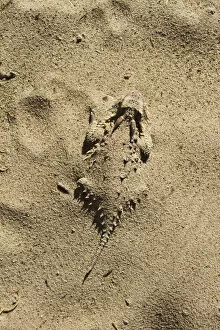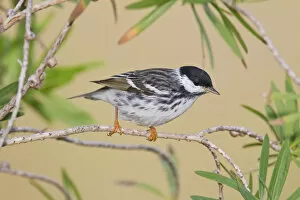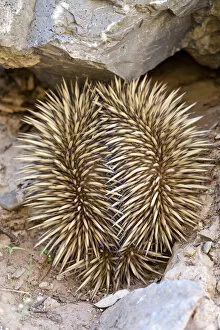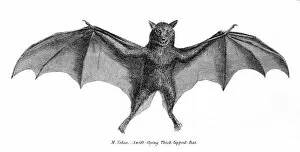Insectivore Collection (page 4)
Insectivores: Nature's Tiny Pest Controllers 🐛✨ From the mesmerizing Venus fly trap to the adorable Short-eared Elephant shrew
For sale as Licensed Images
Choose your image, Select your licence and Download the media
Insectivores: Nature's Tiny Pest Controllers 🐛✨ From the mesmerizing Venus fly trap to the adorable Short-eared Elephant shrew, insectivores come in all shapes and sizes. These fascinating creatures have evolved unique adaptations to survive on a diet primarily consisting of insects. Imagine stumbling upon a Hedgehog nestled comfortably in a flower pot, using its spiky exterior as protection while it searches for tasty bugs. Meanwhile, deep underground, the industrious Common Mole tirelessly hunts for worms to satisfy its insatiable appetite. Speaking of moles, have you ever wondered what they do beneath our feet? With their keen sense of smell and powerful digging claws, these elusive creatures navigate through dark tunnels devouring unsuspecting worms that cross their path. Not far away from the mole's domain lies another hedgehog exploring flower pots with curiosity. Their prickly quills serve as armor against predators while they happily munch on insects found amidst garden foliage. But wait. Have you ever seen a hedgehog swimming? Thanks to digital manipulation by JD and VT adding snorkels and flippers, this little creature takes an adventurous dip with style, and are not limited to land-dwelling species alone; some take flight like the Nightjar depicted in historical artwork. These nocturnal birds gracefully swoop through the night sky catching flying insects mid-air—a true marvel of nature's precision. Lastly, we can't forget about our scaly friends—the Chinese water dragon. This reptile thrives near aquatic habitats where it feasts on small insects buzzing around ponds or streams. Insectivores play an essential role in maintaining ecological balance by controlling insect populations naturally. So next time you spot one of these incredible critters—whether it be a Venus fly trap capturing prey or a Leptictidium leaping after bugs—take a moment to appreciate their remarkable adaptations and contributions within our intricate ecosystem.


